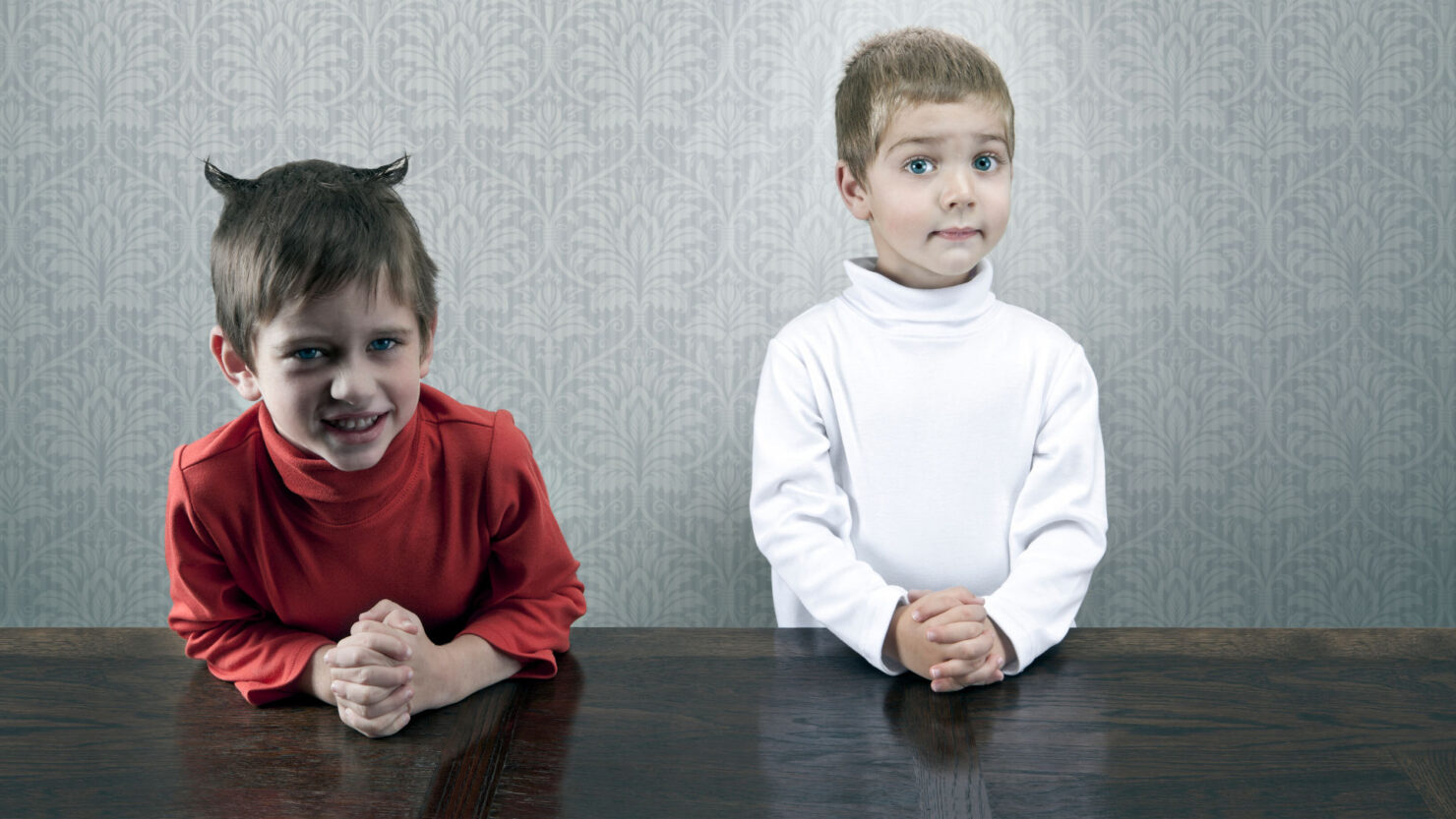by EMILY CATANEO

In “Seven Deadly Sins,” neurologist Guy Leschziner explores the science behind Dante’s greatest transgressions.
James was in his late 30s and weighed more than 500 pounds when he fell in the bathroom and found himself wedged between the wall and shower enclosure. Unable to get up because of his size, and too embarrassed to call for help, he lay there for three days. Firefighters eventually had to wreck the bathroom to free him. By the time he made it to the hospital in London, fungal infections had spread through the creases in his body, his oxygen-starved skin was disintegrating in places, and his breath was labored. His doctor struggled to find a vein from which to draw blood.

“Seven Deadly Sins: The Biology of Being Human,” by Guy Leschziner (St. Martin’s Press, 384 pages).
That doctor, Guy Leschziner, did something that he’s ashamed of now: Along with the other junior doctors in the hospital, he mocked James for his fatness, for his predicament. Many people in Leschziner’s shoes might have laughed at James: Obesity in the popular imagination, is “the most obvious marker of ‘gluttony’” and considered a “moral failure, indicative of laziness, a lack of self-control,” Leschziner writes in “Seven Deadly Sins: The Biology of Being Human.”
But what if we took a more nuanced view of “gluttony”? What if we took a more nuanced view of all human failings? In “Seven Deadly Sins,” Leschziner, a neurologist and sleep physician, interrogates the evolutionary, neurological, and psychological underpinnings of the seven greatest transgressions in Dante’s “Inferno”: wrath, lust, pride, greed, envy, sloth, and gluttony. He concludes that these so-called sins are inextricably interwoven with the experience of being a person, and that to understand them is “to gain insights into why we do what we do: the biology of being human.”
Leschziner had several personal reasons for wanting to understand humanity’s darkest side. His family was defined by the trauma of his grandfather’s narrow escape from the Holocaust, a “supreme expression of human sin.” Leschziner’s curiosity about sin was also sparked by his 25 years as a doctor in London hospitals, where he’s seen the best and worst of humankind on display. In writing this book, he sought to push himself beyond merely observing and treating his patients’ issues and instead “to see beneath the surface, to delve into the depths.”
Leschziner has written two other books that explore the oddest cases he’s treated as a neurologist, and in “Seven Deadly Sins,” some of the most fascinating passages involve patients, like James, whose lives have been derailed by a medical issue that presents as one of the “sins.”
Leschziner concludes that these so-called sins are inextricably interwoven with the experience of being a person, and that to understand them is “to gain insights into why we do what we do: the biology of being human.”
In the wrath chapter, we meet Sean, who rages “like a wild beast” in the aftermath of his unpredictable seizures, smashing glass and furniture. In the envy chapter, we meet Sarah, who regularly becomes consumed with the paranoid fear that her husband’s having an affair and flies into jealous fits, only to have little-to-no memory of these episodes after they conclude. In the lust chapter, we meet Simon, who received a diagnosis of Parkinson’s disease in his early 30s and who lost his friends and family because of his obsession with porn, sex workers, and happy ending massage parlors. (Leschziner changed all names to preserve these patients’ privacy.)
Undark for more
